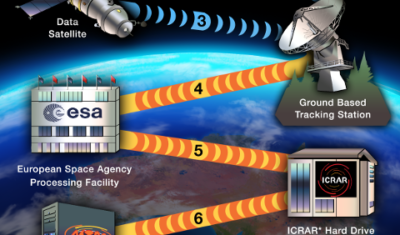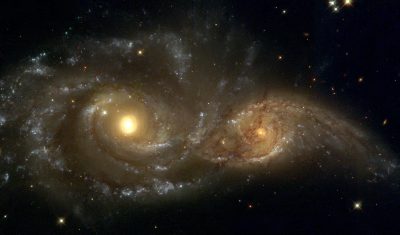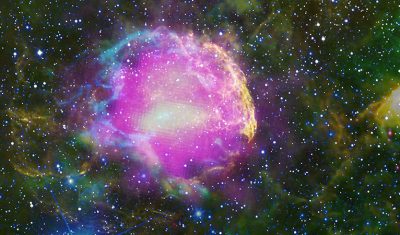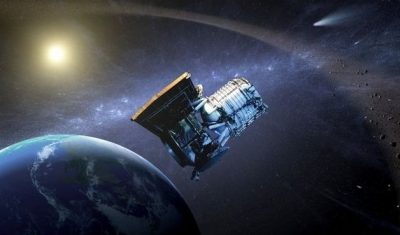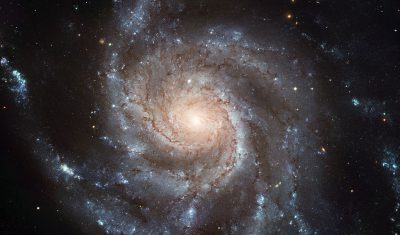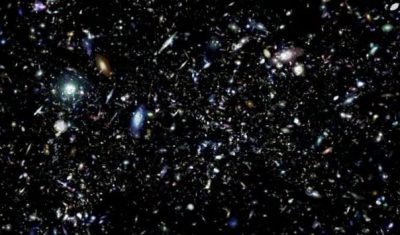Cosmic Champions
The AstroQuest team have been hard at work on the new features for the site, and one of them is some new rewards for our citizen scientists.
Up until now when you’ve finished each quest, you’ve unlocked an astronomical instrument from history as a trophy that recognises your hard work. Now with the new features, you will be able to unlock some new trophies. These will include people who have made their mark on astronomy in different ways — some are famous and have laws or theories named after them, some were pioneers or unsung heroes, and some are people you know and love. We think of them all as “Cosmic Champions”.
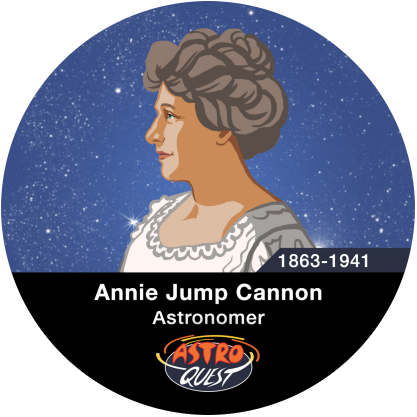 |
Annie Jump Cannon was one of the members of the “Harvard Computers”, a group of women hired by Harvard to identify and classify every visible star and object on photographic glass plates. She developed the Harvard Classification Scheme (O, B, A, F, G, K, M, N) in collaboration with Edward C Pickering. Her work cataloguing 350,000 stars and other objects was instrumental to the development of contemporary stellar classification. |
| Aristarchus of Samos was an ancient Greek mathematician and astronomer from Ionia. His model of the universe put the Sun at the centre, with the Earth (and other planets) revolving around it as well as rotating on its axis. He believed the stars were distant suns and the Universe was vast in size. |
 |
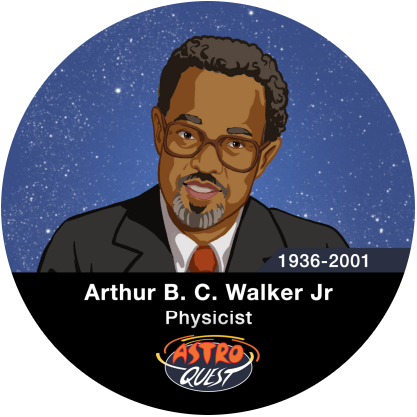 |
Arthur B. C. Walker Jr was an African-American solar physicist and pioneer in ultraviolet and x-ray optics. His work contributed greatly to the first high-resolution images of the sun in XUV wavelengths. As a professor at Stanford he mentored many graduate students from groups that are underrepresented in science. |
| Aryabhata was the first of the major mathematician-astronomers from the classical age of Indian mathematics and astronomy. He wrote a highly influential astronomical text called the “Āryabhaṭīya”. |
 |
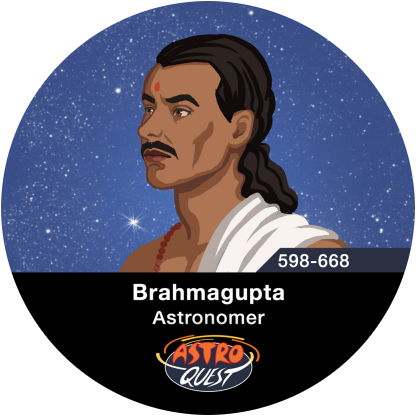 |
Brahmagupta documented methods for calculating the rising, setting and conjunctions of heavenly bodies as well as solar and lunar eclipses. He explained that the Moon is closer to the Earth than the Sun, and that it is illuminated by light from the Sun. |
| Carl Sagan was a famous astronomer and renowned science communicator. He contributed to research on extraterrestrial life, and assembled the Pioneer Plaque and Voyager Golden Record – the first physical messages sent out into space by humans with the intention of being understandable by alien beings. |
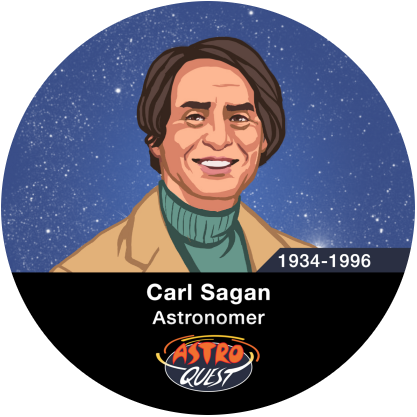 |
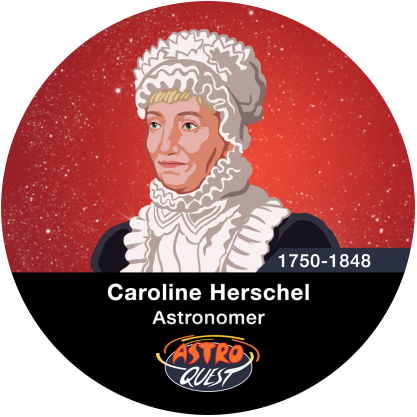 |
Caroline Herschel was the younger sister of astronomer William Herschel, and became the first woman to receive a salary as a scientist, as well as the joint first female member of the Royal Astronomical Society with Mary Somerville. Beginning as her brother’s assistant, she began making her own astronomical observations and was the first to discover many nebulae, comets and other astronomical objects. |
| Cecilia Payne-Gaposchkin proposed that stars are primarily composed of Hydrogen and Helium in her doctoral thesis, building on the work of Meghnad Saha. This went against the belief at the time that the Sun and Earth were similarly composed. She went on to be the first woman promoted from within the faculty to full professor at Harvard, and to head a department there. |
 |
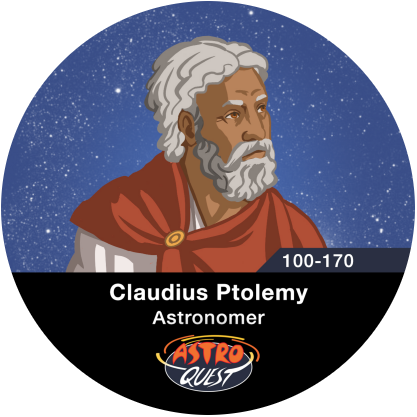 |
Claudius Ptolemy was a Greek astronomer, mathematician, and geographer. His book, the Almagest, defined the geocentric model of the solar system for centuries, containing detailed calculations that used epicycles to explain the retrograde motion of the planets. |
| David Malin is a British-Australian astronomer who developed photographic techniques for creating highly detailed, true-colour photographs of astronomical objects. His spectacular three-colour images of deep space objects, taken mostly at the Anglo-Australian Observatory, are widely used on posters, in textbooks, and throughout astronomy literature. A giant spiral galaxy he discovered, Malin 1, is named after him. |
 |
 |
A British-Australian astronomer, Fred Watson has contributed to large scale spectroscopic surveys & galactic archaeology. He is a famous astronomy communicator & dark sky advocate – working to reduce light pollution to support astronomy as well as the environment, wildlife & human health. He has been appointed as Australia’s “Astronomer at Large”. |
| Galileo Galilei is often thought of as the “father” of modern physics, astronomy, and the scientific method. He designed some of the earliest telescopes and used them to observe sunspots, Jupiter’s moons, the phases of Venus, and the shape of Saturn which appeared to have ears. |
 |
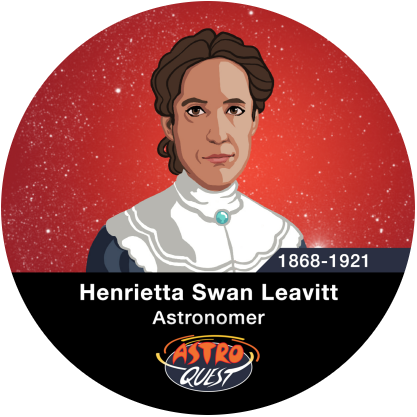 |
Henrietta Swan Leavitt was a prominent member of the Harvard Computers, a group of women hired by Harvard to identify and classify every visible star and object on photographic glass plates. She discovered the relationship between luminosity and period of Cepheid variable stars. This enabled them to be used as a “standard candle” leading to the measurement of distances to other galaxies. |
| Hypatia is famous for being an astronomer, mathematician and philosopher in Alexandria, Egypt – which was then part of the Eastern Roman Empire. Renowned as a great teacher and wise counselor, she is known to have constructed astronomical and other scientific instruments, as well as correcting and improving Ptolemy’s “Almagest”. She was murdered for what may have been religious or political motivations. |
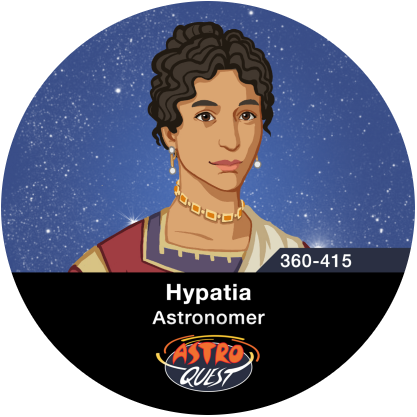 |
 |
Ibn Yunus was an Islamic astronomer who wrote the text “al-Zij al-Kabir al-Hakimi”. He produced highly accurate calculations for the motions of the planets, sun and moon and may have used large astronomical instruments. He was one of many Islamic astronomers who questioned Ptolemy’s geocentric model of the solar system. |
| Isaac Newton was one of the most influential scientists of all time. Known for developing his theory of gravity while pondering the motion of an apple falling from a tree, his laws of motion were set out in his book Philosophiæ Naturalis Principia Mathematica. Newtonian mechanics was used to explain most of the observable mechanics of the universe at the time – supporting the final acceptance of the heliocentric model. He also contributed a new understanding of optics and the reflecting telescope to astronomy. |
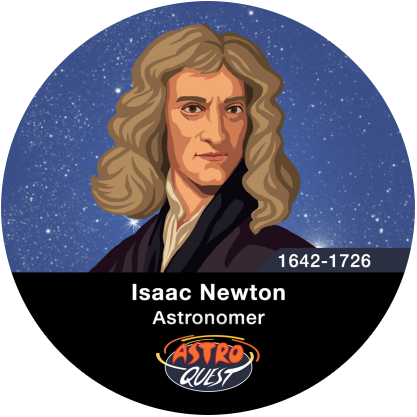 |
 |
Jocelyn Bell Burnell is an astrophysicist from Northern Ireland. She is famous for co-discovering the first radio pulsars as a postgraduate student. Unable to explain the signals she observed, she initially referred to them as “Little Green Men” or LGMs. |
| Katherine Johnson was one of the first African-American women to work as a NASA scientist. Her calculations of orbital mechanics were critical to the success of the first US crewed spaceflights. She was made famous by the movie “Hidden Figures”, and passed away aged 101 — leading to a mathematics internet meme that she waited until she was “in her prime”. |
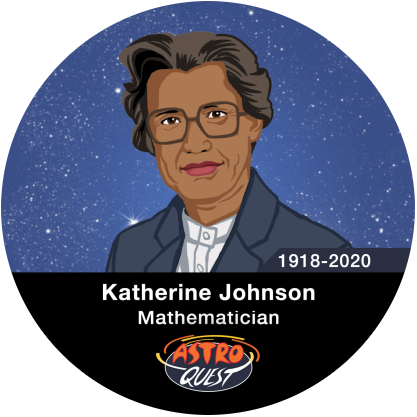 |
 |
Mary Somerville was the joint first female member of the Royal Astronomical Society with Caroline Herschel. In an obituary she was described as “the queen of science”. She wrote important books expanding on the astronomical knowledge of her day, helping to teach and communicate astronomy as well as other fields of science. |
| Meghnad Saha developed the Saha Ionization Equation – one of the basic tools used to interpret the spectra of stars and relate them to stars’ temperatures and the physical processes taking place within them. For his breakthrough work in this area he was repeatedly nominated for the Nobel Prize for physics. |
 |
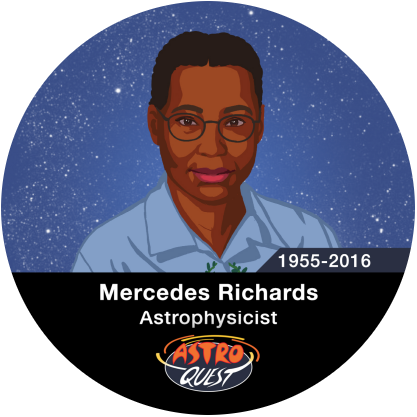 |
Mercedes Richards was a Jamaican astronomy and astrophysics professor who pioneered the use of tomography in astronomy. She used this technique to study the gas flow between binary stars, and also created 3-dimensional movies of mass exchange systems between them. She was active in supporting greater diversity in science, as well as helping support lower income students to pursue scientific careers. |
| Nancy Grace Roman was the first female executive at NASA and their first Chief of Astronomy, after completing important research on the structure of galaxies and in radio astronomy. She was one of the founders of the US civilian space program, and her work on the development of the Hubble Telescope led to her reputation as the “Mother of Hubble”. |
 |
 |
Muhammad ibn Muhammad ibn al-Hasan al-Tūsī, better known as Nasir al-Din Tusi, made very accurate measurements of planetary motion at one of the most advanced observatories for its era. He invented a geometric technique called the “Tusi-couple” that generates linear motion from the sum of two circular motions. This improved greatly on Ptolemy’s calculations. The same technique was later used by Copernicus. |
| Omar Khayyam was a famous poet (author of the Rubiyat) who was also a mathematician and astronomer. Using observations made at the Isfahan Observatory, he reformed and recalibrated the Persian calendar into a true solar calendar that was in use for nine centuries. Its accuracy resulted in an error of only one day over 5,000 years. |
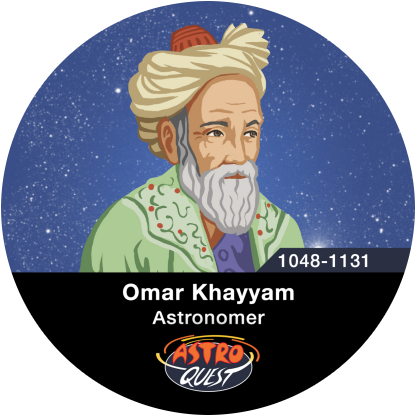 |
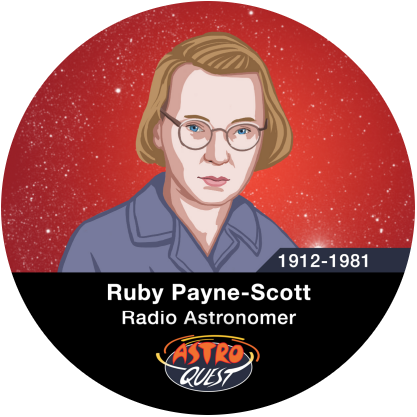 |
Ruby Payne-Scott is believed to be the first female radio astronomer. She was an expert in the use of radar for detecting aircraft during World War II and a pioneer in the use of radio interferometry in astronomy. She used this technique to observe radio bursts originating from sunspots. |
| Stephen Hawking conducted important work on the physics of black holes, including their emission of Hawking Radiation. He also worked on unifying general relativity and quantum mechanics. He became famous for writing A Brief History of Time and was a popular science presenter for many years. |
 |
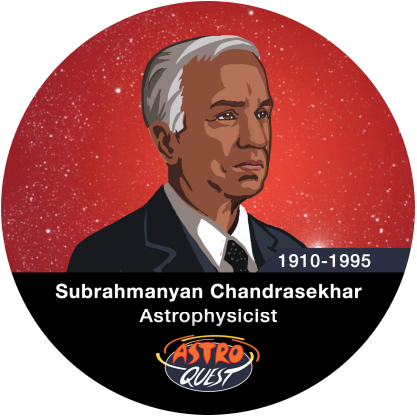 |
Subrahmanyan Chandrasekhar is most famous for discovering the Chandrasekhar limit for the mass of a white dwarf star. However, he contributed to a wide range of topics in theoretical astrophysics, and was awarded the Nobel Prize for Physics in 1983. |
| Tycho Brahe created highly accurate instruments for observing the stars and planets with the naked eye at Uranibourg, often assisted by his sister Sophia. He proposed an alternative model of the solar system where the Sun and Moon orbited the Earth while all other planets orbited the Sun. |
 |
 |
Vera Rubin discovered a discrepancy between the predicted and observed angular motion of galaxies. This was known as the “galaxy rotation problem”, because it suggested that galaxies must contain a large amount of extra matter to stop them flying apart. This became evidence for the existence of dark matter. |
| Wang Zhenyi was a Qing dynasty scientist who transgressed the customs of the time to become self-educated in astronomy and other sciences. In her short life she wrote many scientific papers and conducted original research — for instance simulating a lunar eclipse using a lamp, a round table and mirror. |
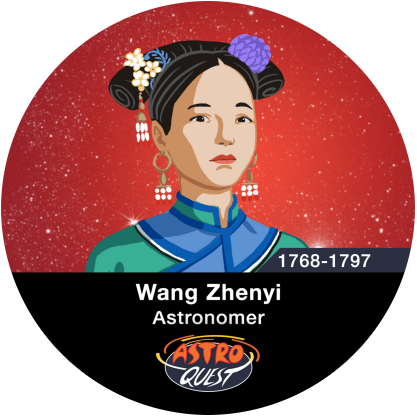 |
































